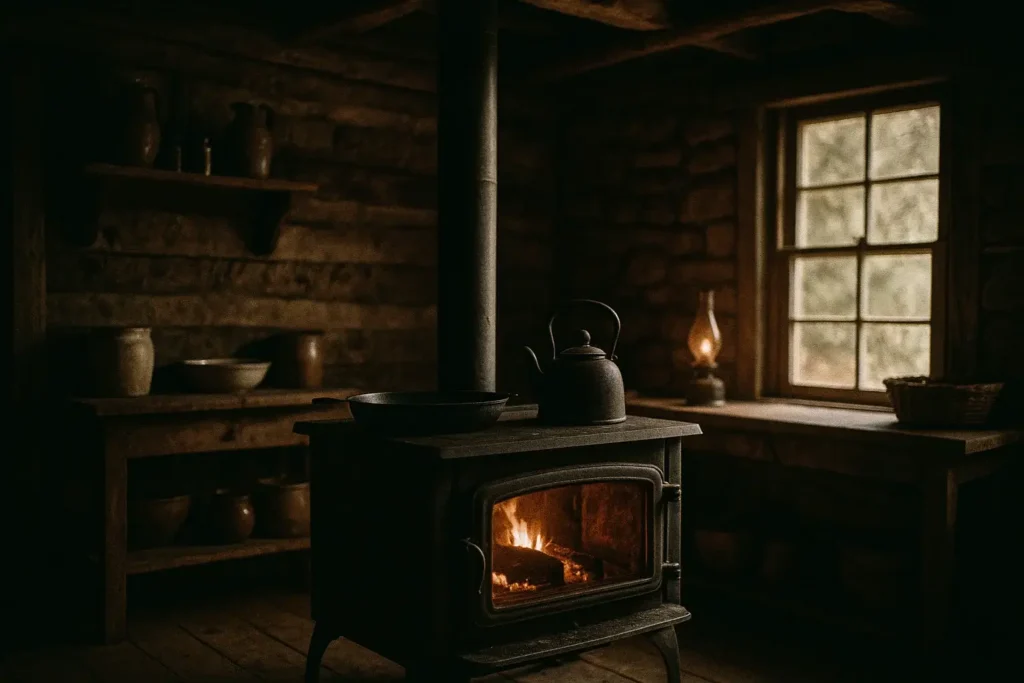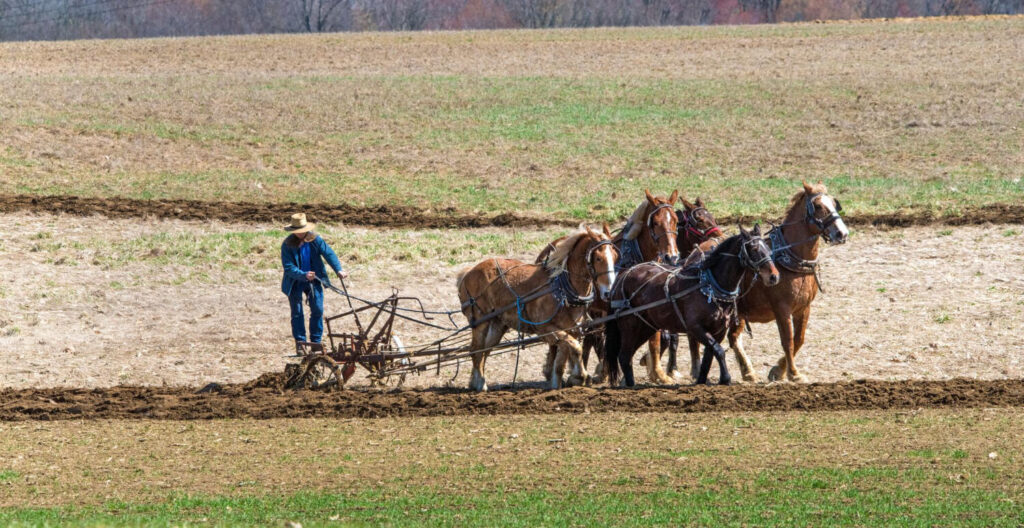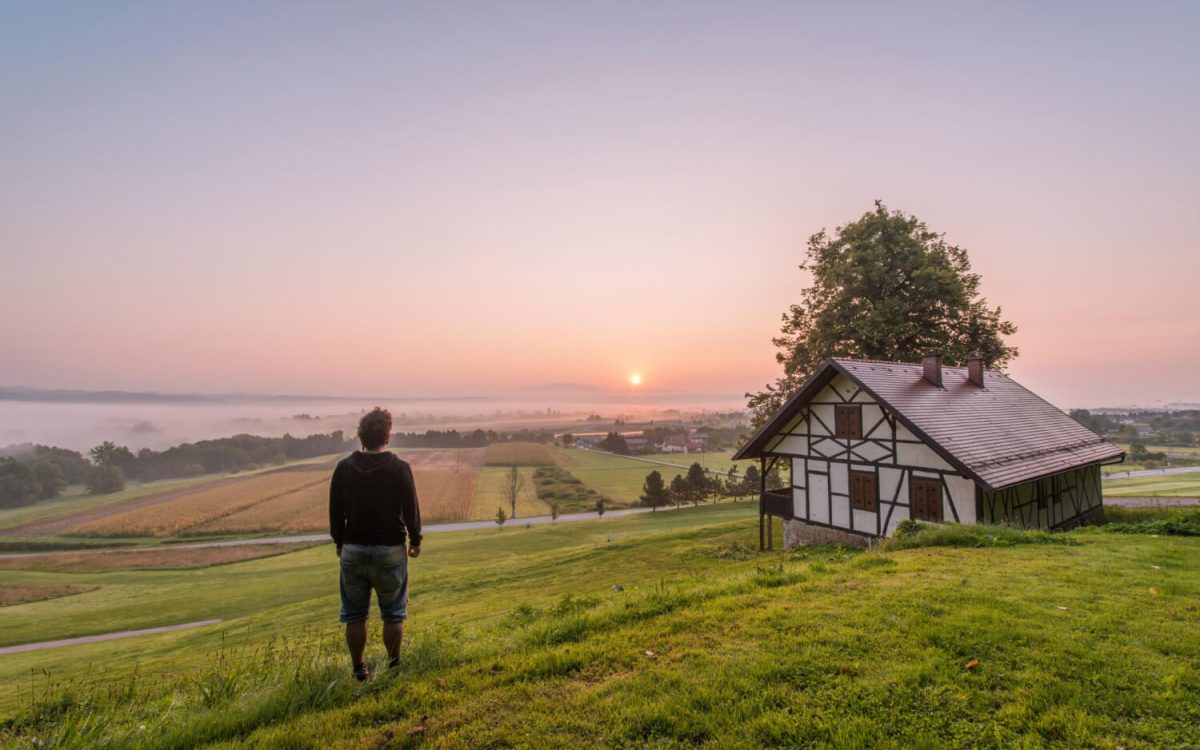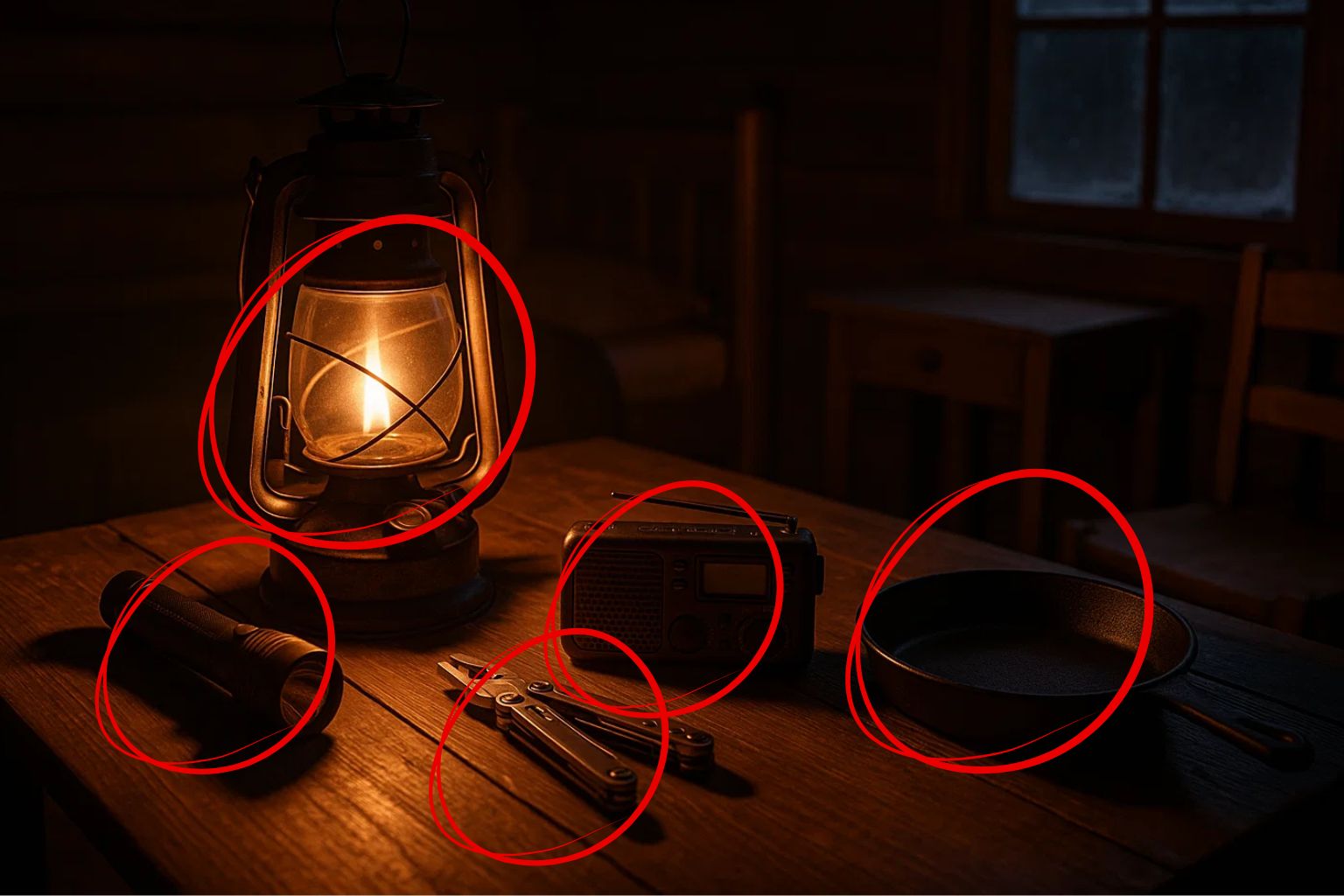In a time when uncertainty is the only thing we can count on, more and more Americans are looking back, not forward, for answers. We’ve seen how fragile our modern systems are. The power grid, supply chains, and even the basic conveniences we rely on can vanish overnight. That’s why so many are turning their attention to a group that’s quietly mastered the art of self-reliance for generations: the Amish. These folks live every day without electricity, supermarkets, and all the high-tech “solutions” that most of us wouldn’t last a week without.
What’s remarkable isn’t just how the Amish live, but how well their way of life still holds up today. They’ve built systems that don’t break when the grid goes down. They grow, store, and preserve food without needing a fridge. They can survive the kind of collapse that would send most Americans into a panic. In this article, we’ll take a look at five of the most effective Amish off-grid fixes, time-tested solutions that not only work today but may just give you the edge when things start to unravel.
Rainwater Systems That Don’t Need a Pump

For most Amish homesteads, hauling water doesn’t involve any noise, electricity, or moving parts. Their setups are almost beautifully simple: water is caught from the roof, funneled into a barrel or tank, and flows, powered by gravity, wherever it needs to go. No solar pump. No grid. No worries. It’s a solution that’s been used for generations, and it keeps working no matter what breaks down around it.
The core of an Amish off-grid water system gravity setup is elevation. Place a collection barrel a few feet above your tap point, on a platform, raised bed, or hillside, and you’ve got pressure. That’s all it takes to run water to a garden, fill animal troughs, or wash hands in a simple outdoor sink. It’s a humble fix, but it’s one that just keeps working, quietly and reliably.
Other Article: What the Amish Know About Economic Survival That You Don’t
Compare that to the average off-grid pump system. It needs wiring, charge controllers, deep-cycle batteries, and when something goes wrong, most folks are stuck. The Amish system? You can fix it with a bucket and some gutter parts. And when the grid goes down for real, this kind of low-tech water solution might not just be smart, it might be the only thing that still works.
Wood-Fired Ovens That Heat and Feed

If you step into an Amish kitchen during winter, you’ll find more than the smell of fresh bread. Their old-fashioned wood stoves do double duty, keeping the house warm while cooking every meal. It’s a centerpiece of daily life, not a backup plan. These stoves are built to last, require no power, and are one of the most efficient ways to ride out cold weather when the grid’s out.
Other Article: In a Crisis, You’re the Only Medic You Can Trust
For preppers, a wood-fired oven off-grid Amish-style setup is one of the smartest investments you can make. You don’t need a full kitchen remodel; many folks retrofit cast iron stoves or even build outdoor brick ovens that can bake, boil, and roast while heating the air around them. When propane runs out and space heaters are useless, this kind of low-tech heat-and-cook combo is worth its weight in gold.
Root Cellars That Keep Food Cold Without a Fridge
The grid goes down in the middle of summer. Your fridge stops humming. The milk goes first, then the meat. By day three, you’re tossing out half your groceries and wondering how to save what’s left. Now imagine walking down a few steps into the cool, still air of an old root cellar, rows of jars, baskets of fresh vegetables, and nothing going bad. That’s how the Amish have kept food cold for generations, no electricity required.
A proper cellar stays around 35 to 45 degrees year-round, thanks to natural insulation from the earth. Even in hot climates, digging just a few feet underground offers temperature stability that modern appliances struggle to match. This steady cool is why an Amish root cellar survival storage setup is still one of the most dependable ways to preserve food when everything else fails.
The Amish use theirs to store root vegetables like carrots, potatoes, and turnips, alongside apples, fermented pickles, canned meats, and even cheese. It’s more than a storage area; it’s a survival buffer that can stretch harvests through the coldest months and emergencies alike.
The beauty is, you don’t need to live on a farm to build one. With some reclaimed lumber, basic tools, and a little slope in your backyard, you can put together a barrel-style or trash-can-based cellar that does the job just fine. No permits, no power lines, just timeless design doing what it’s always done.
Animal Power Still Beats Fuel in Some Cases

Long before diesel engines and tractors took over American farms, the Amish were doing the same heavy work with horses and mules, and they still are. These animals don’t just pull plows and wagons. On many Amish farms, they’re hooked up to belt-driven saws, grain grinders, and other tools that would normally rely on an engine. No fuel. No electricity. Just old-school muscle and smart mechanics.
If fuel disappears during a crisis, and it very well might, animal-powered farm equipment off-grid could go from being “quaint” to essential. A strong mule and a cart can move hundreds of pounds of gear across terrain no truck could handle without gas. It’s not flashy, and it’s not fast, but it works, and that’s what counts when the pumps go dry and everything stops.
Quiet Solar Setups That Still Keep the Lights On
Not all Amish communities reject electricity entirely. Many have quietly adopted small-scale solar setups, just enough to power lights, milking machines, or even a compact fridge. But the key difference is that these systems are completely off-grid, disconnected from public utilities, and designed to function in total isolation. It’s one of the more modern Amish off-grid fixes, and it fits their philosophy of independence without reliance on outsiders.
The beauty of their approach is the simplicity. No sprawling arrays, no smart inverters or internet-connected apps. Just a solar panel, a deep-cycle battery, and basic wiring. That’s enough to charge lanterns, run a fan, or power low-voltage equipment for livestock. It’s clean, quiet, and more importantly, resilient.
Other Article: The Only Animals You Can Count On When SHTF
If you’re prepping for long-term outages, a single-panel setup like this can make all the difference. Imagine being able to keep a radio running, recharge LED lights, or power basic medical devices when everything else has gone dark. It’s not about building a solar mansion, it’s about keeping the lights on when others can’t.
The five solutions we’ve covered here are just scratching the surface. The truth is, the Amish rely on dozens of off-grid systems that most folks have never even heard of. These aren’t just backup plans, they’re the way they live every day. And while the rest of us scramble for power banks and propane tanks during a blackout, the Amish go on with life like nothing happened.
If you want to dig deeper into Amish off-grid fixes, there’s a book that lays it all out: The Amish Ways. It’s packed with the kind of survival knowledge that rarely leaves those tight-knit communities, like how to build a fridge with no electricity, make powerful herbal painkillers from backyard plants, store eggs for two years, or even cool your house with a low-tech Amish AC system. This isn’t theory, it’s what works when the modern world goes dark.
If you’re serious about preparing the right way, simple, low-cost, and bulletproof, it’s worth checking out. The Amish Ways is one of the smartest things you can read right now if you want to be ready for what’s coming.
Conclusion
The Amish didn’t invent survival tech. They simply never stopped using what worked. While much of the modern world abandoned low-tech living in favor of convenience, the Amish stuck with systems that don’t fail when the power goes out or the supply chain breaks. And in times like these, when headlines are filled with talk of economic collapse, social unrest, and the next disaster around the corner, that kind of quiet wisdom is worth more than all the gadgets money can buy.
Each of these five Amish off-grid fixes isn’t just a neat idea; it’s a proven way to live when the lights go out and the noise of modern life disappears. They remind us that the smartest prepping strategy might not be in buying more gear, but in learning how to live better with less. The Amish have already figured that out. And the rest of us? We’d be smart to follow their lead while we still can.























